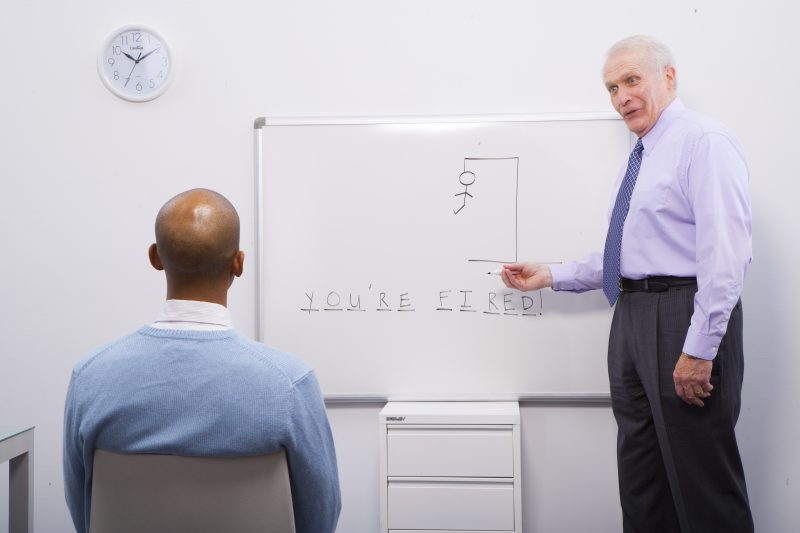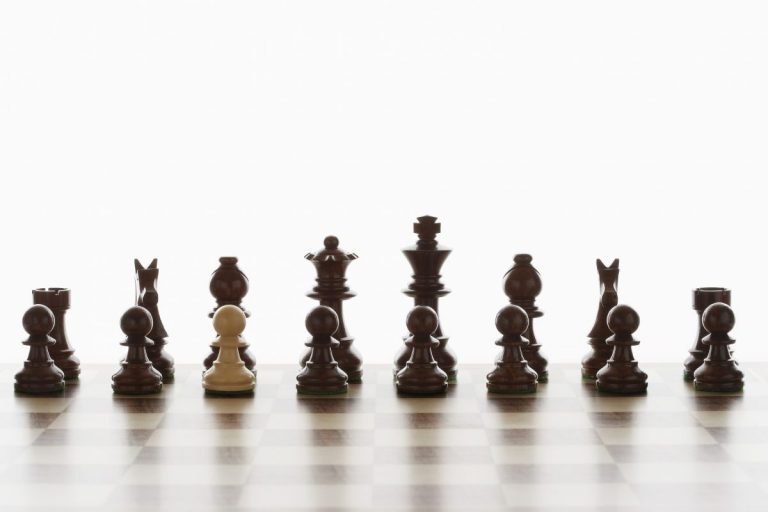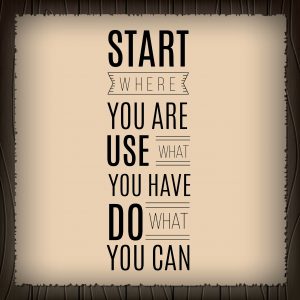In both gamification design and game design, we want to know the end game from the early design phases onwards. The end game typically is constructed at the beginning based on the chosen outcomes for the project as well as the win conditions selected for the game. Understanding the difference is not always that easy for clients that are unfamiliar with game design in general.
Imagine you are creating a gamification design related to the recruitment process, the objective is to attract more people to apply and enter the process. The gamification design hence is about attraction and encouraging people to enter the recruitment process to earn the right for an interview, which would be the end game. The win conditions are related to entering the process and then successful milestone completion of tasks to do with the recruitment process. The ultimate win obviously also to unlock the right to be invited for an interview.
The action or conditions that equal ‘game over’ is what we call in technical jargon the end game. The celebrations and encouragement to someone there and to indicate they are winning are the win conditions.

In a board game like Monopoly, the win conditions are around buying as many streets and build houses and hotels on them in order to earn the most money. The end game is when only one person is left in play with probably all the hotels and lots of money and the others unable to play on due to lack of money to pay rents on the other players’ streets.
When we work with companies on their gamification design and game designs, the objectives of the project become part of either the end game or the win conditions. Typically the end-game is when you hit success and the game stops running. You can then decide to play again or run the gamified process again for a different role for example.
If you want to learn to apply this theory to a board game, consider taking part in our board game design mastermind:
https://gamificationnation.com/board-game-design-mastermind/




